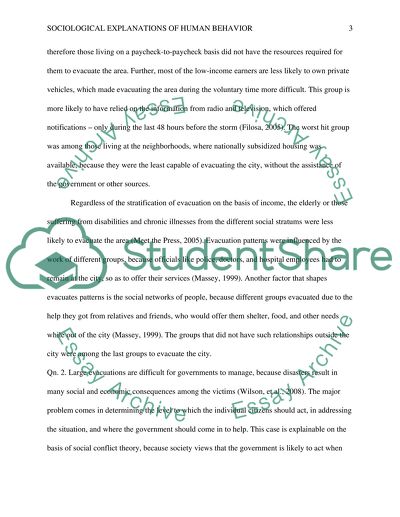Cite this document
(“Human Behavior Assignment Example | Topics and Well Written Essays - 1250 words”, n.d.)
Retrieved from https://studentshare.org/sociology/1476657-applying-sociological-theory-and-methods
Retrieved from https://studentshare.org/sociology/1476657-applying-sociological-theory-and-methods
(Human Behavior Assignment Example | Topics and Well Written Essays - 1250 Words)
https://studentshare.org/sociology/1476657-applying-sociological-theory-and-methods.
https://studentshare.org/sociology/1476657-applying-sociological-theory-and-methods.
“Human Behavior Assignment Example | Topics and Well Written Essays - 1250 Words”, n.d. https://studentshare.org/sociology/1476657-applying-sociological-theory-and-methods.


